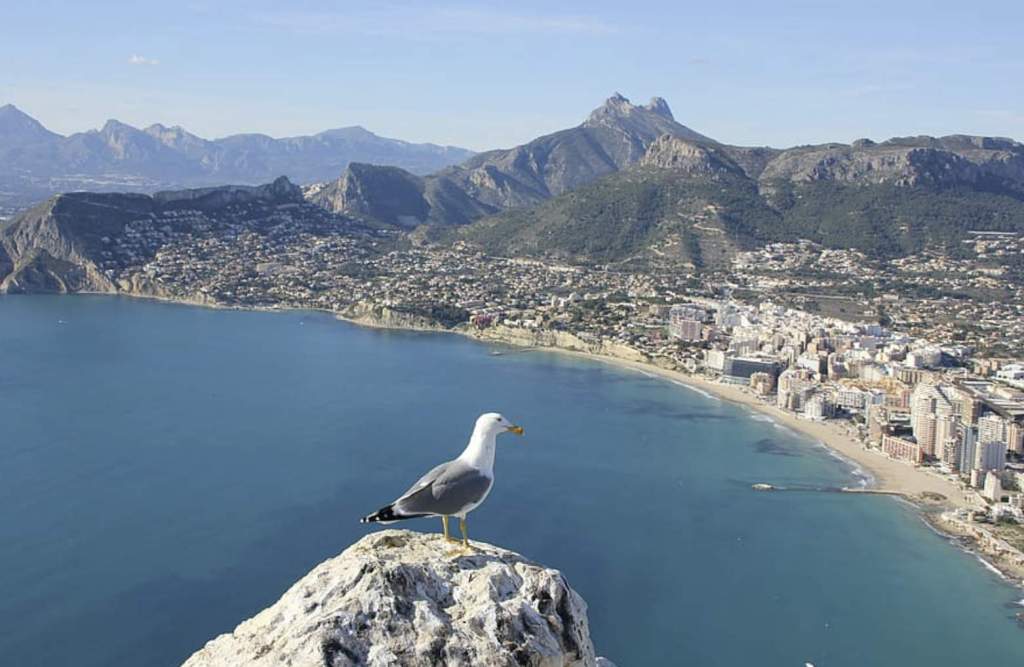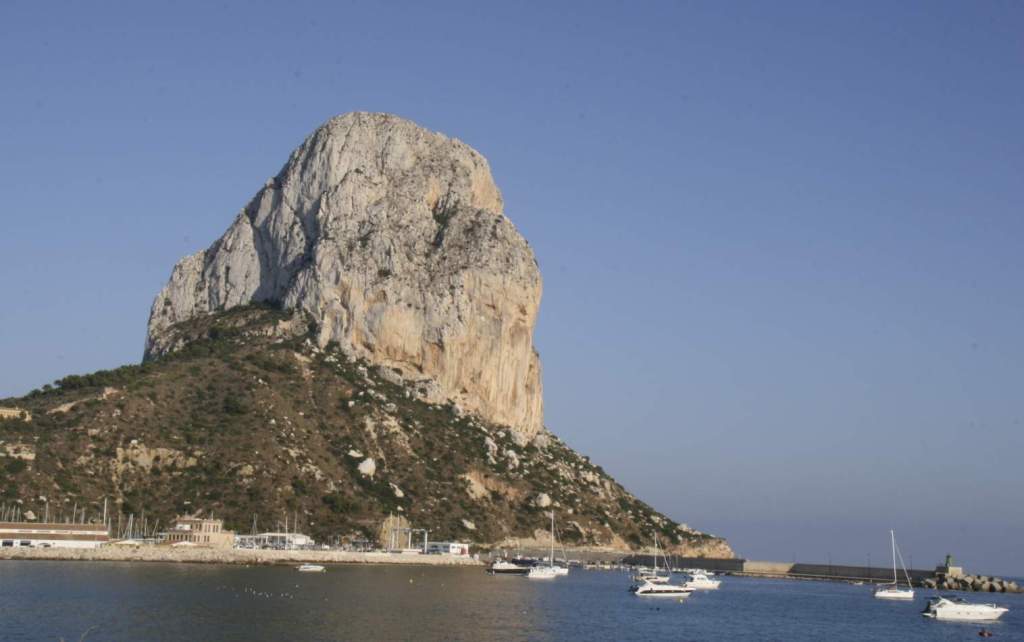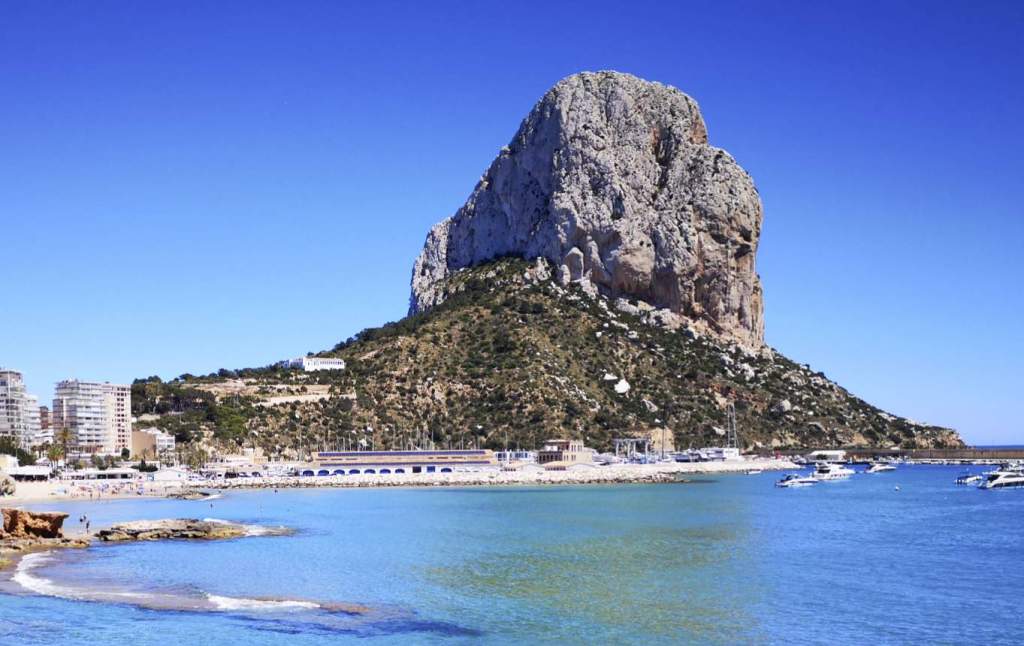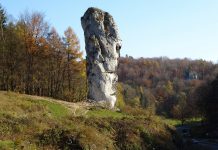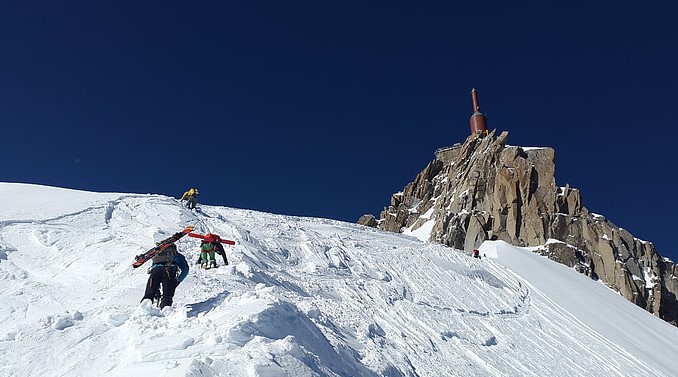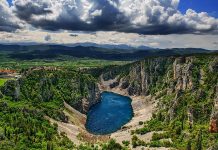Penyal d’Ifac or Calpe rock is an outcropping of limestone extending from the sea and connected to the shore by rock debris in Spain. Numerous rare species of plants, including endemic species, as well as more than 300 animal species can be found there. As well as nesting sites for sea birds, it is also a place for other birds to build their nests.
A striking visual feature of the Mediterranean coastline, the rock rises 332 meters high. As the northern counterpart to the Rock of Gibraltar, it was known to the Phoenicians as the Northern Rock. Calpe rock has a rich history dating back more than 1,500 years to the Valencian Bronze Age. Under the Calpe rock, the Romans established their first settlement.
There is a large lagoon behind Penyal d’Ifac, cut off from the sea by strips of sandy beach that extend inland to the coastal mountains. Previously the Marina Alta had much more extensive wetlands, but only the wetlands around the lagoon remain.
The site was designated as a natural park in January 1987 after a lengthy campaign to preserve its unique environmental diversity. The park covers 45 hectares, making it one of the smallest in Spain, and perhaps Europe. Located at an altitude of 332 meters at the summit of the rock, the park stretches from sea level to the summit of the penyal (penyal in Valencian, pe*on in Spanish).
Views of surrounding villages and countryside can be seen from the top of the rock. There is a clear view of Ibiza in the Balearic Islands across the sea on a clear day. There are rocky, stony, and sandy areas on the seabed around Penyal d’Ifac, securing a diverse marine community. Birds of prey such as the peregrine falcon and Eleonor’s falcon nest on the rock face, as well as seabirds like gulls and cormorants that nest on rocky areas. Atop the peak live semi-domesticated cats.
Three sides of the rock’s sheer cliffs and rocky escarpments are exposed to sea winds, creating a variety of microhabitats that support a diverse range of plant species.In areas protected from the sea, relatively deep soils with high moisture content have favored the development of Mediterranean scrub vegetation, including dwarf palms, junipers, lavender, and white pine.In cracks and gullies in the rock, as soils thin and become more exposed to the sun and wind, alpine plant species have colonized.
It is estimated that there are fewer than 20 adult Ifac silene plants left in the wild, a highly endangered species that was first discovered on the rock. Due to the massive public and private plantations nearby, Phoenix dactylifera palm species have naturalized in the area.

